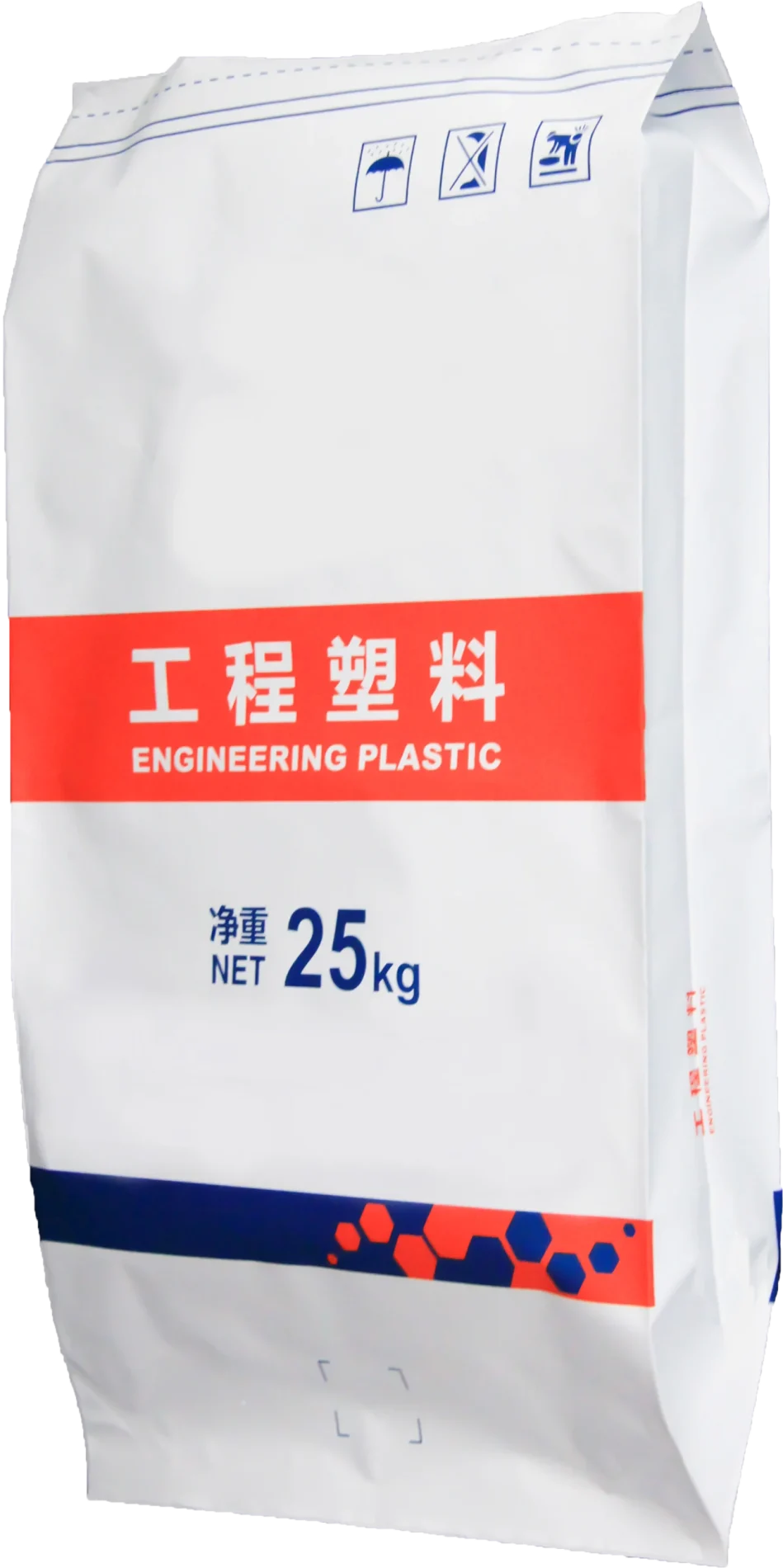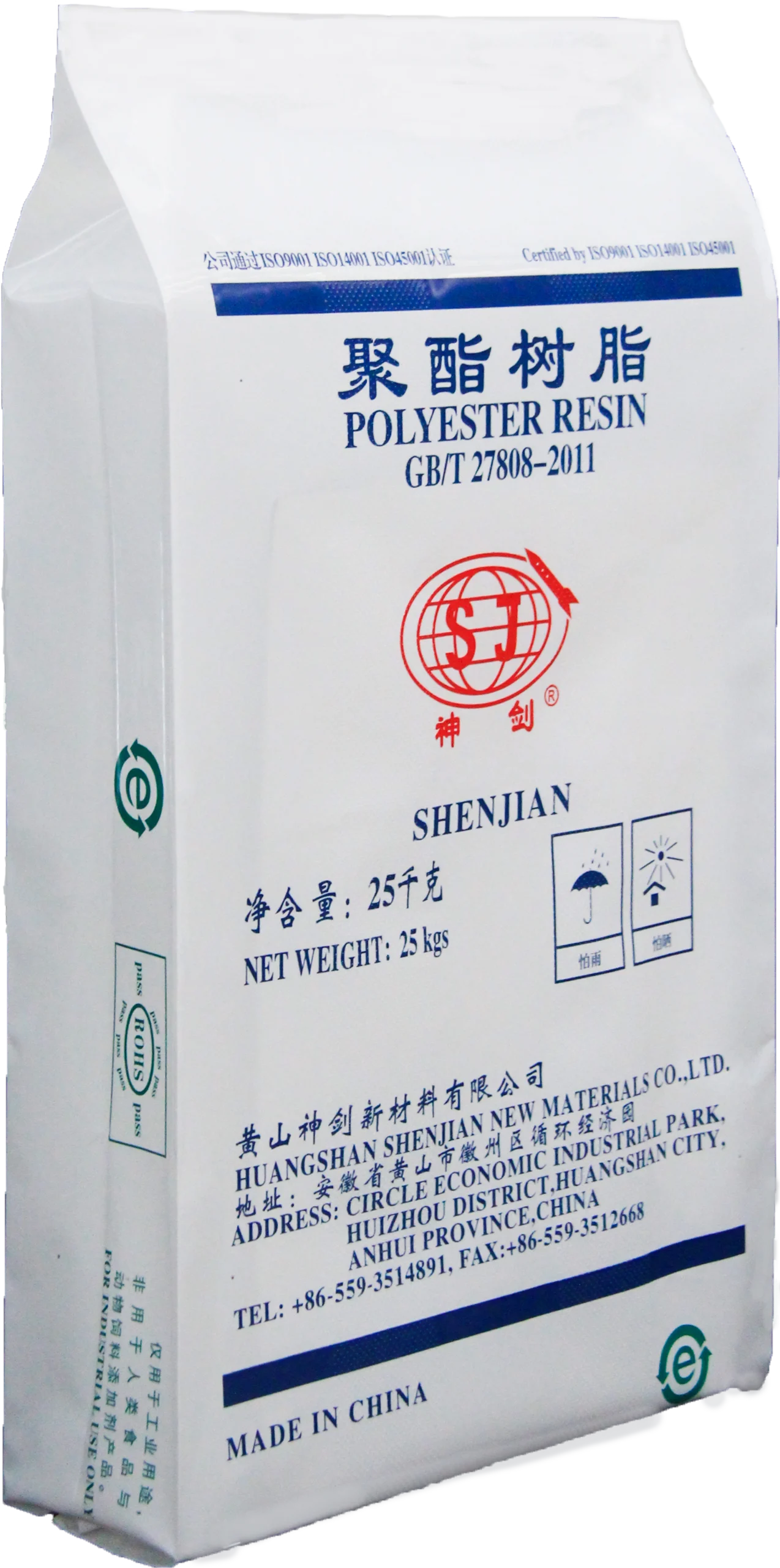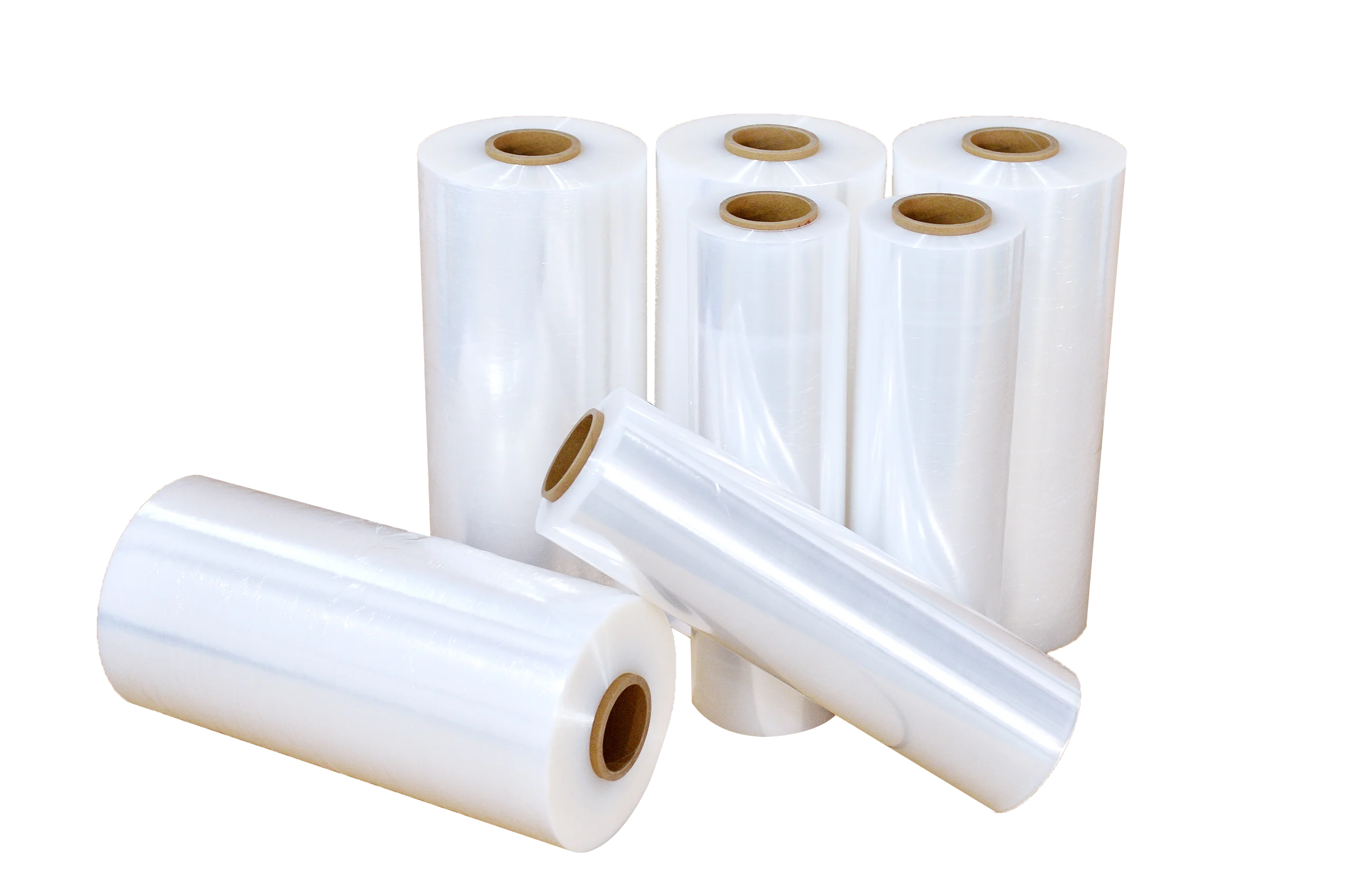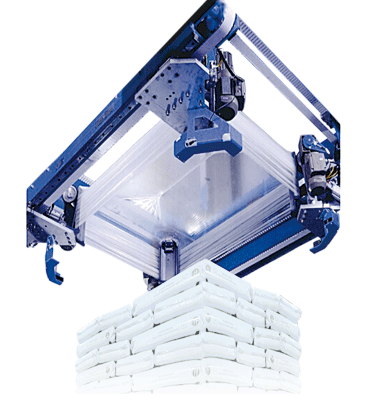
关于我们
产品
支持服务
联系我们
-
+86 18255987261 -
+8618255987261 -
销售@hsydpac.com -
中国安徽省黄山市徽州区城北工业园区永新一路46号
2024-11-21
Pallets are an essential part of the modern supply chain. We use it for storage and transportation and as product displays in the stores. Pallets are made of wood and plastic on the market, with the large majority of material being wood. Businesses can choose the different types, sizes, structures, and production materials based on their needs.
It is essential to know these two types to minimize costs and protect your supply chain. Next, I will introduce the difference between the plastic pallet and wood pallet.

目录
切换Plastic pallet is a platform typically made from high-density polyethylene (HDPE), polypropylene (PP), or other durable plastic materials. Plastic pallets are designed to transport fresh and frozen foods and pharmaceuticals.
Actually, plastic pallets in the market are more expensive than wood pallets, but they are lighter which is suitable for Weight-restricted products. And their sleek surface makes them slippery and less stable for stacking, but it is easy to clean, wash, and sterilize.
If you send goods abroad or outbound, it is a cost-effective decision for you to use expensive plastic pallets. However, things will be changed, some countries regulate and prohibit the import of wood. The main benefit of plastic pallets is that they can be reused for a long time without breakage. Due to durability, plastic pallets make them perfect for storage and reuse in warehouses.
A wood pallet is a flat structure made from wooden planks, used to support goods during storage and transportation. Wood pallets have been the traditional choice in logistics and supply chains for many years. They are made from a combination of softwood and hardwood. Wood pallets are sturdy, cost-effective, and recyclable but can be prone to damage from moisture and pests over time.
In construction, wood pallets are more widely used and easily repaired and reused. They are ever not ideal for fragile items. The softwood and hardwood in the wood can damage the products such as paint or plastic bottom. Additionally, when using wood pallets, you will focus on fire safety for loading products.
Pallets are a significant part of the standard shipping method in almost every industry that ships freight. They make it quick and easy to unload trucks and containers. Pallets make goods much easier to move and handle. Most types of shipping pallets are designed to be lifted and moved by a forklift. Workers can use pallets to open up numerous storage spaces in the warehouse.
State-of-the-art pallets allow a higher volume of products per shipment, reduce the amount of product lost to damages or contamination, and prevent worker injury from overloaded or unbalanced shipments. It would help if you did not think about the pallet price rather than developing a comprehensive unit load strategy based on the requirements of their specific needs.
Most plastic pallets are made from various types of plastic, including HDPE (High-Density Polyethylene), PP (Polypropylene), or recycled plastics. They can be molded or fabricated into different shapes and sizes. At the same time, it doesn’t absorb moisture, and it is relatively easy to keep clean and germ-free.
On the other hand, wood pallet is made from natural wood, often pine, oak, or other softwoods or hardwoods, and constructed with nails or screws.
Weight is an essential factor that will affect your choice of pallet. It will save more costs to choose plastic pallets for air freight forwarders.
Price is often the biggest factor affecting whether to choose a product. Due to its material and manufacturing process, wood pallets are often cheaper than plastic pallets.
Although plastic pallets are slightly more expensive than wooden pallets, they are more economical in the long run. This is because wooden pallets are prone to mold in humid environments, which may damage the product, and the cost is also higher due to the additional fumigation process.
Plastic Pallets offer high strength and are designed to handle significant loads, though they may not have the same weight tolerance as wood pallets in all cases. Their strength is consistent over time.
Wood Pallets can support heavy loads, but the strength may decrease as the wood ages, and they may be more prone to breaking under heavy stress.
Plastic Pallets have smooth surfaces with no sharp edges, reducing the risk of injury during handling. They are also resistant to pests, such as termites.
Wood Pallets can have sharp nails or splinters, which may pose safety hazards. Wood pallets are also more likely to attract pests like termites or rodents.
Plastic Pallets are easier to clean and sanitize, making them ideal for industries where hygiene is critical, such as food or pharmaceuticals.
Wood Pallets are more difficult to clean due to the porous nature of wood, and can harbor pests or bacteria. However, treated wood pallets (e.g., heat-treated or fumigated) can help mitigate these concerns.
Plastic pallets have durability, resistance to moisture, ease of cleaning, and long-term reuse. Despite their higher upfront cost, plastic offers long-term cost savings due to their lifespan.
On the other hand, wood pallets remain a cost-effective and widely-used option, particularly for general storage and transportation needs. They are more affordable and easy to repair but with the potential risk of damage from moisture, pests, or fire hazards.
Ultimately, both plastic and wood pallets have distinct advantages catering to different customers’ needs. And we also customize unique sizes or shapes to fit a specific product. If you want to know more details about the pallets we used, contact us at Sales@hsydpac.com.
下一页:
更多新闻




